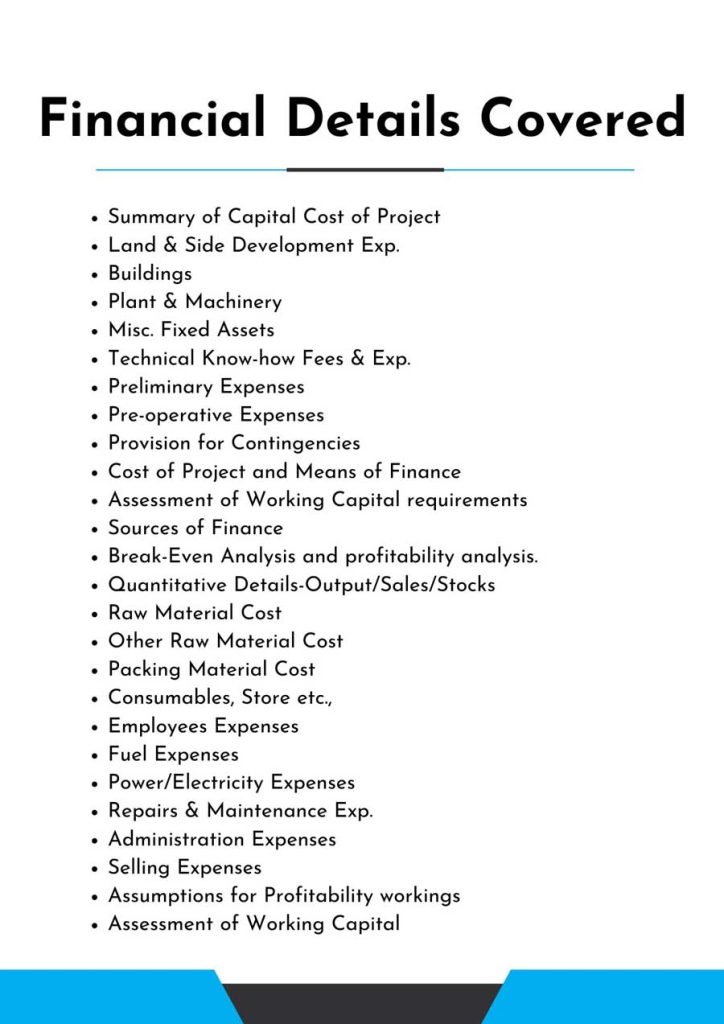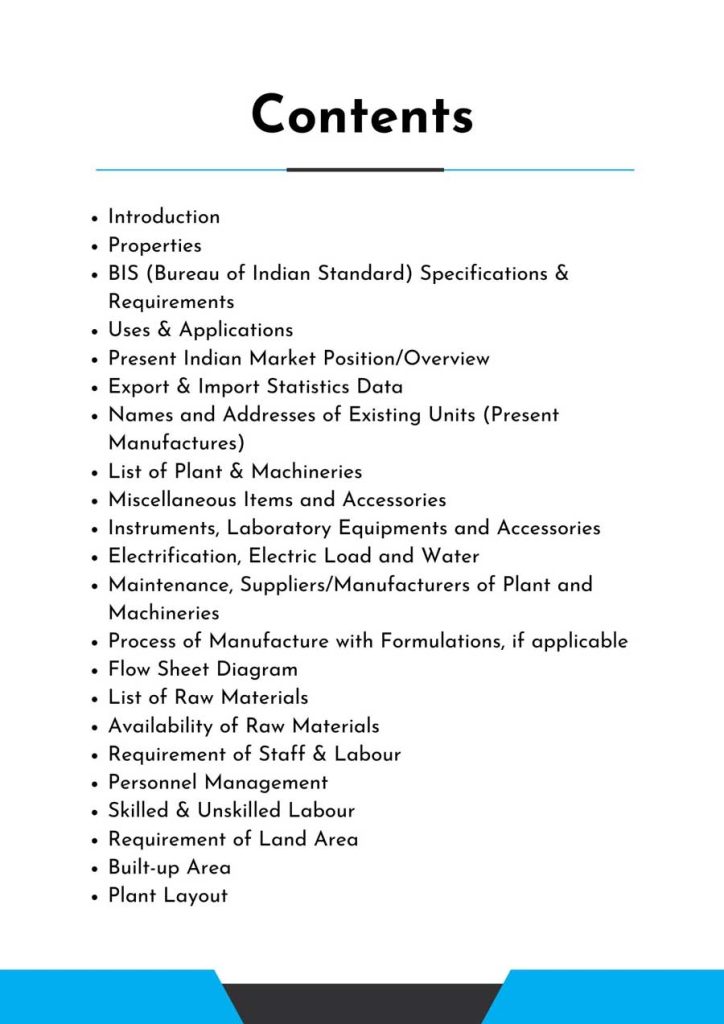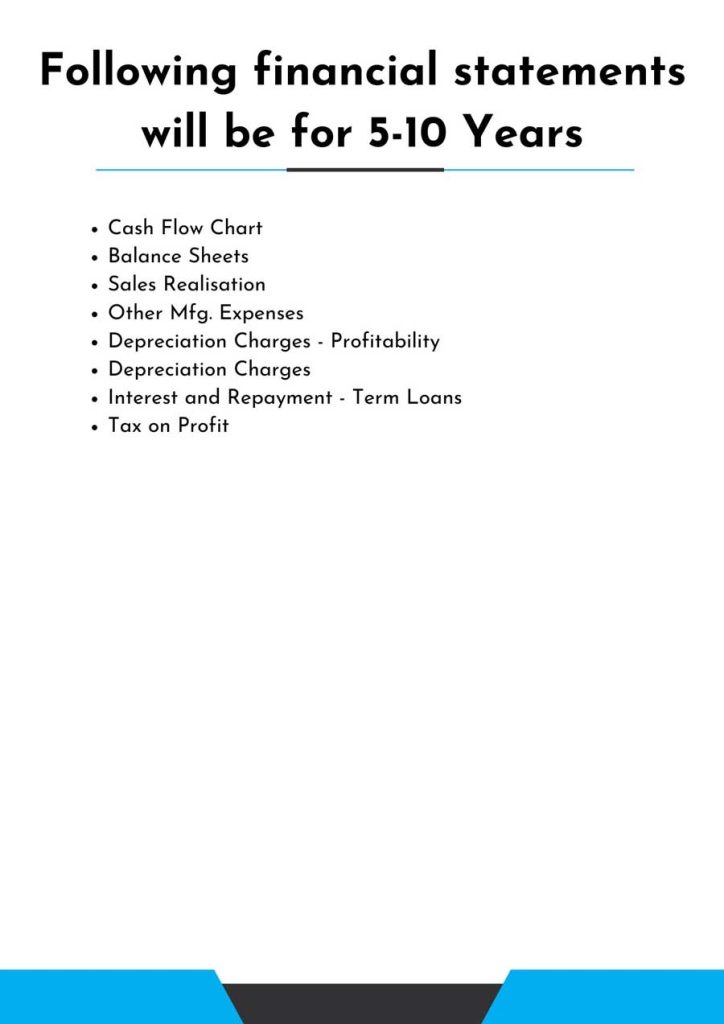Feasibility Report On Grocery Super Store
Ther Grocery Super Store is a comprehensive retail establishment offering a wide range of groceries, fresh produce, household essentials, and more. With an emphasis on convenience, quality, and variety, it aims to cater to diverse customer needs and create a one-stop shopping destination for everyday necessities.
Introduction
Feasibility Report For Grocery Super Store.
A supermarket or grocery store may be used to refer to a grocer’s shop. Items like sugar, flour, and canned goods are examples of groceries that can be bought at a supermarket or grocer. A grocery store, sometimes known as a supermarket, is a type of food and beverage retail establishment that focuses primarily on selling a wide selection of fresh or packaged food items. The term “grocery store” only refers to supermarkets; it does not apply to other types of businesses that sell groceries.
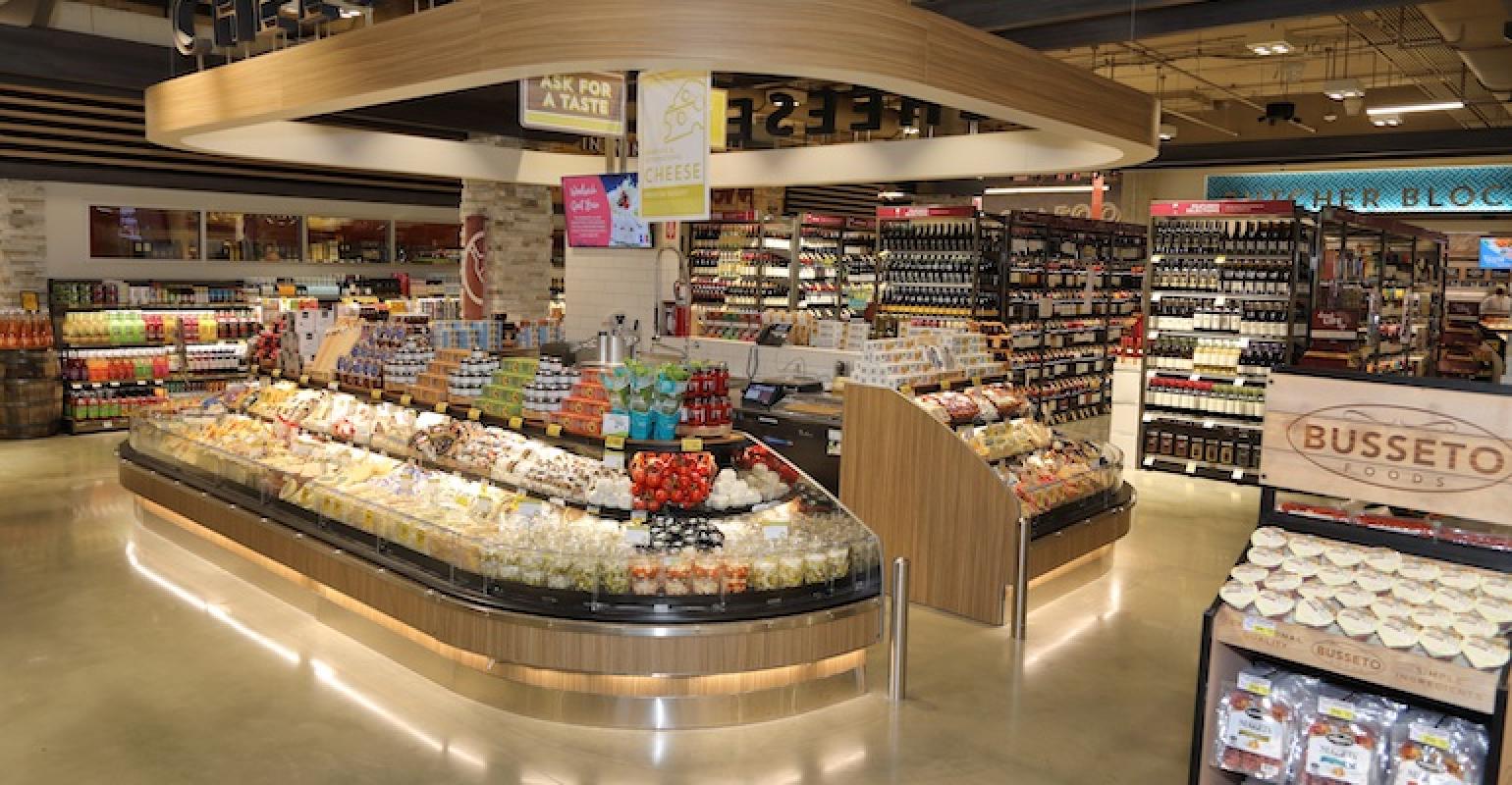
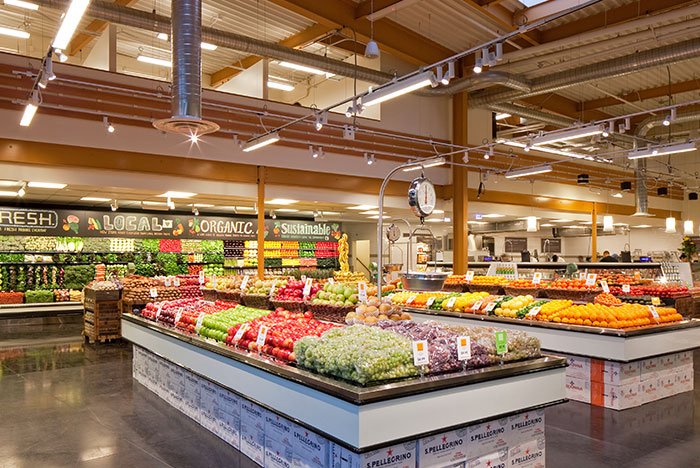
Supermarkets are the other major retailing institution after department stores. The United States of America is where this originally began. During the 1930s Great Depression, the practice of supermarkets first emerged. Supermarkets were initially built and run primarily for the purpose of selling food, including fruits, vegetables, meat, fish, and dairy goods. Today’s supermarkets, however, also carry non-food items including handkerchiefs, soap, dolls, cosmetics, household products, and electrical goods.
A supermarket is a sort of retail shop that sells a wide range of products, especially food items. Supermarkets and hypermarkets, which are larger grocery stores, frequently carry a wide selection of non-food items including apparel and daily essentials. Small supermarkets that mostly sell fruits and vegetables.
Early stores were typically housed in repurposed industrial buildings in rural areas; they lacked complex display facilities, and their principal selling point was their low costs. They became the primary food-marketing channel in the United States throughout the 1940s and 1950s, and by the 1950s, they had spread throughout much of Europe. The extent to which they have succeeded in various nations has been determined by manufacturers’ and distributors’ ability or desire to adapt their businesses to large-scale retailing. The growth of supermarkets is part of a trend in industrialized countries to reduce costs and simplify marketing patterns.
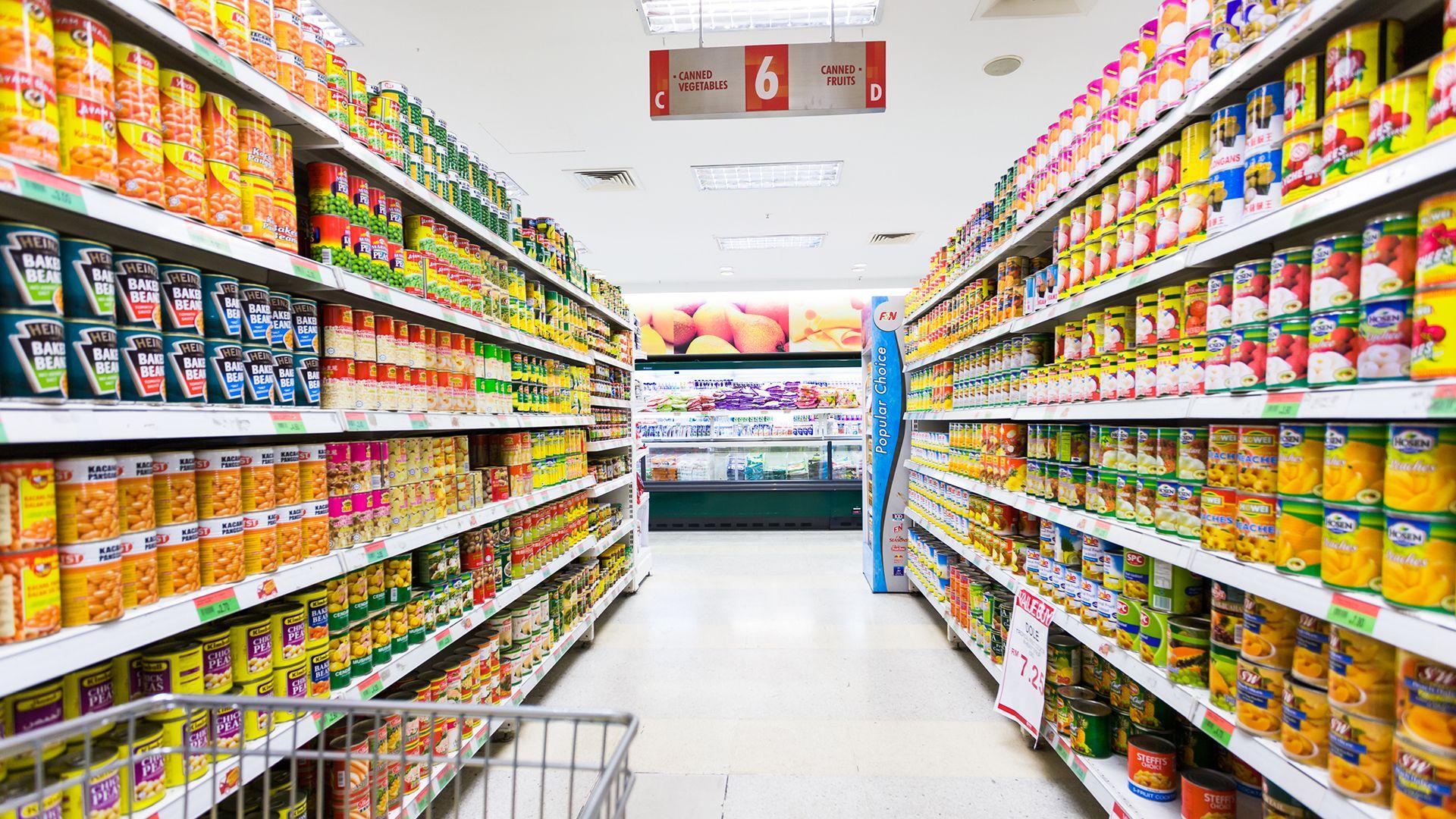
Feasibility Report Sample On Grocery Super Store
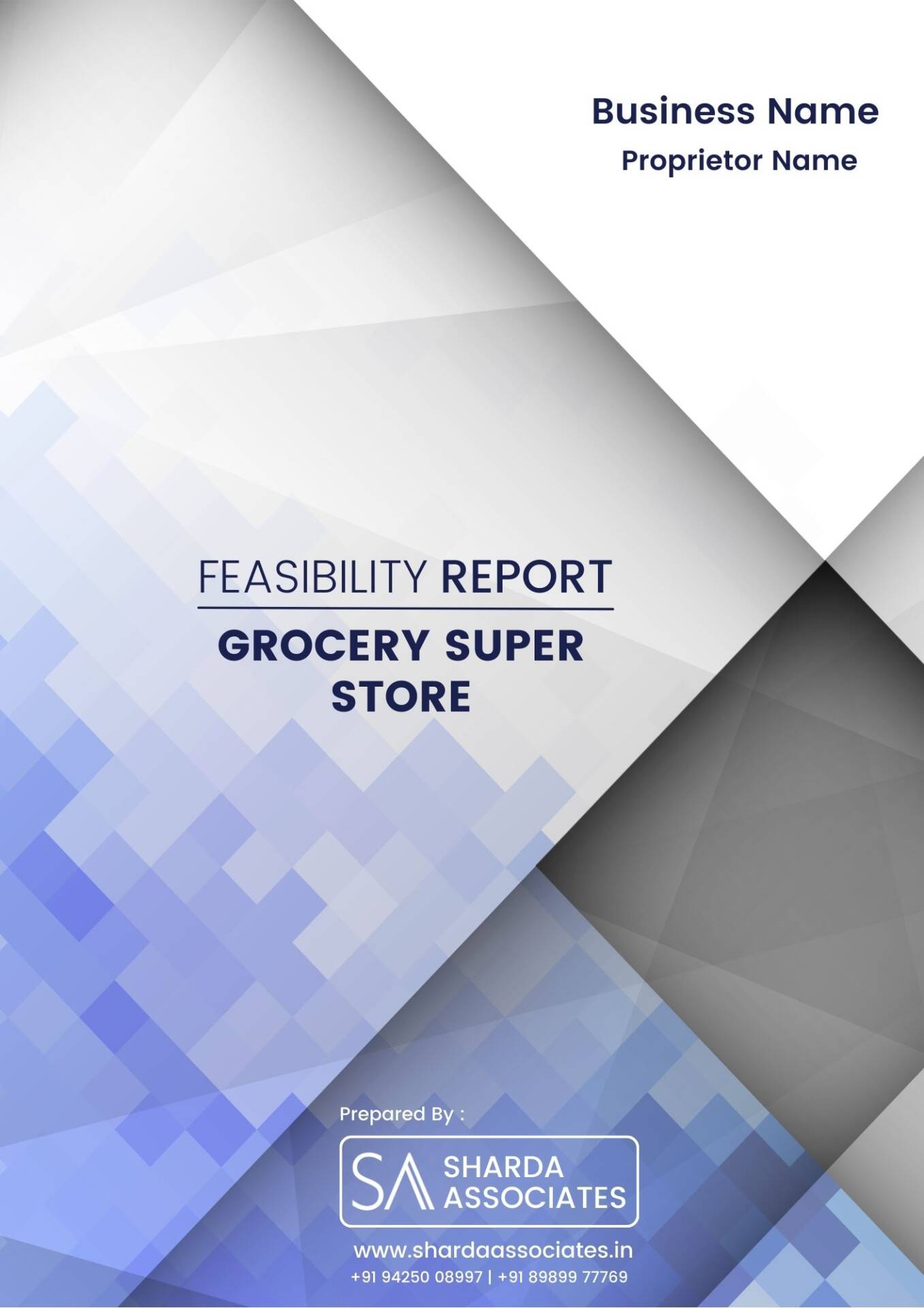


Market Strategy of Grocery Super Store
The size of the global food and grocery retail industry was estimated at USD 11,324.4 billion in 2021, and it is projected to increase at a 3.0% CAGR from 2022 to 2030.
The increase in growth can be primarily ascribed to consumer polarization, higher grocery expenditure brought on by COVID-19 lockout, and increasing online grocery sales volume. Consumer polarization emerged as a result of the pandemic, with some customers increasing their spending to buy luxury goods. The increased domestic cooking caused by the epidemic has also been a significant growth factor for the business. The food and grocery retail sector has been impacted by the COVID-19 outbreak.
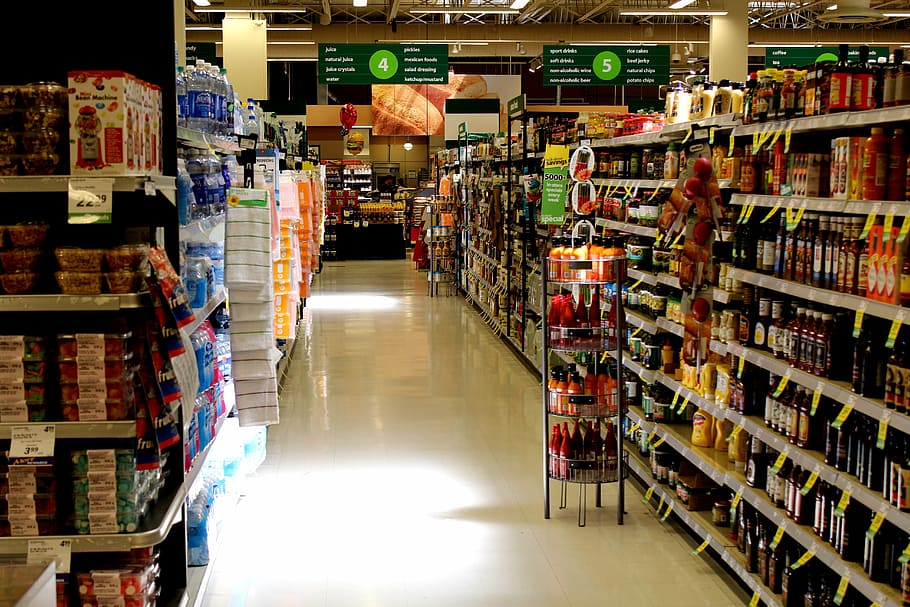
Omnichannel mass merchandisers have propelled the grocery industry toward digitization. The integrated omnichannel strategies have sparked ground-breaking market trends. This tendency was accelerated by Amazon’s acquisition strategy for brick-and-mortar businesses to combine e-commerce and actual shops. Amazon’s purchase of Whole Foods solidified its status as a significant player in the supermarket industry. As a result of this acquisition, Amazon was able to link Amazon.com with Whole Foods, offering a choice of delivery options in addition to other benefits of online food purchasing.
